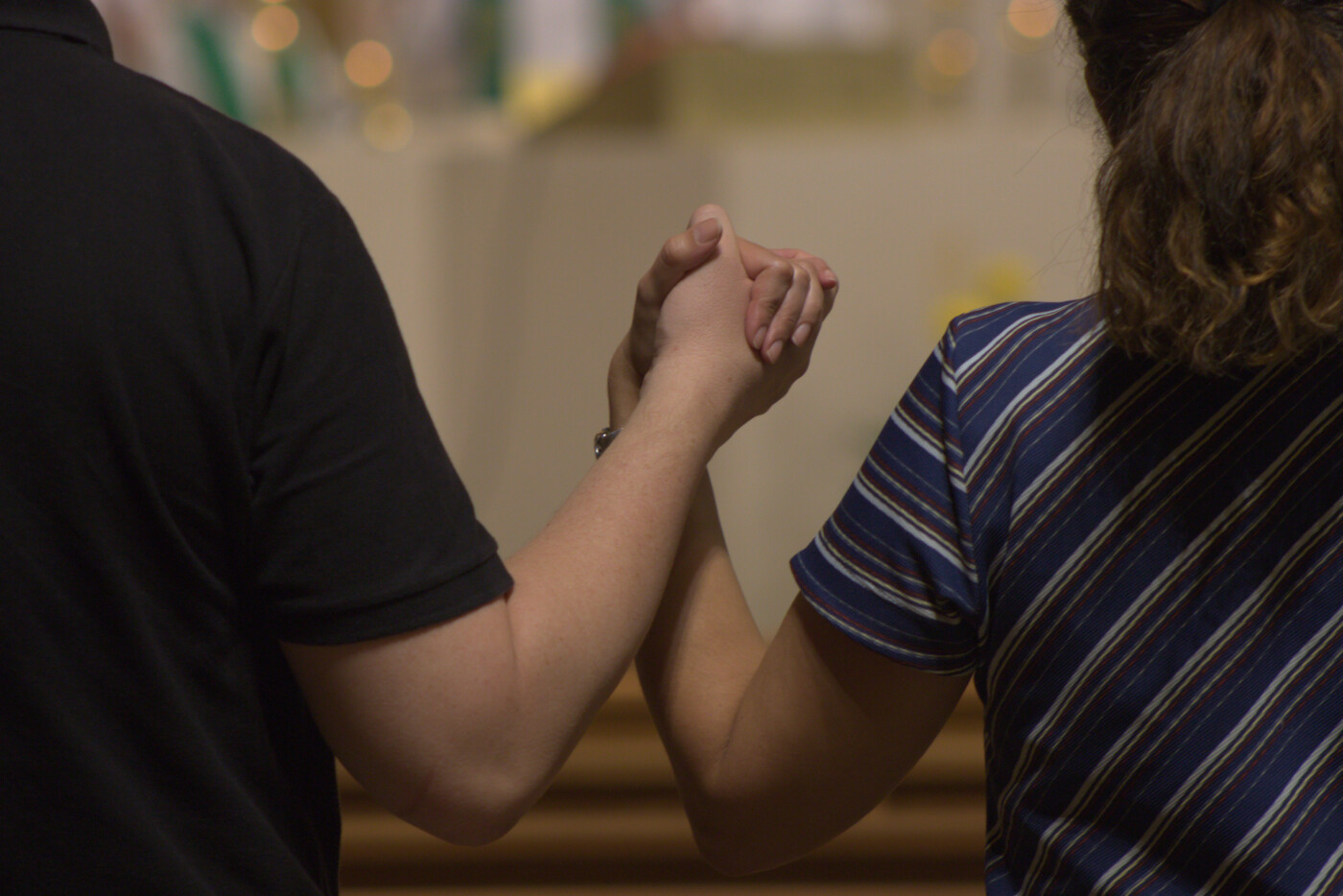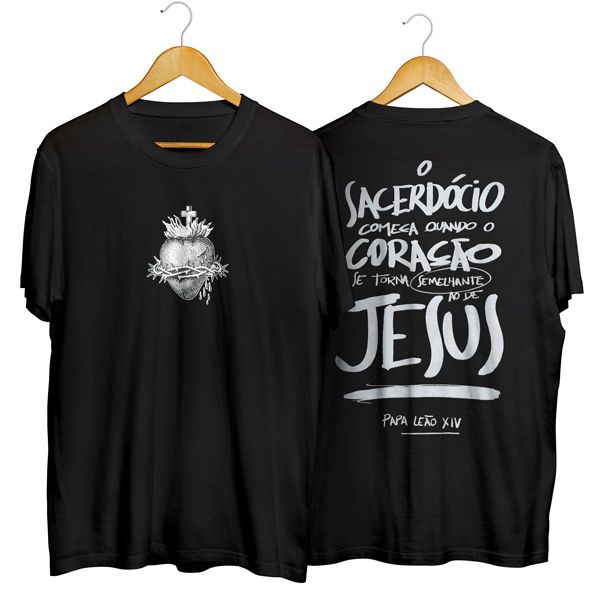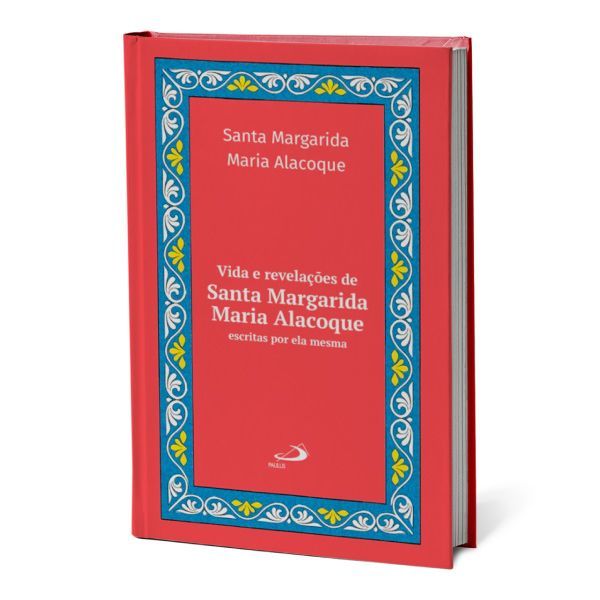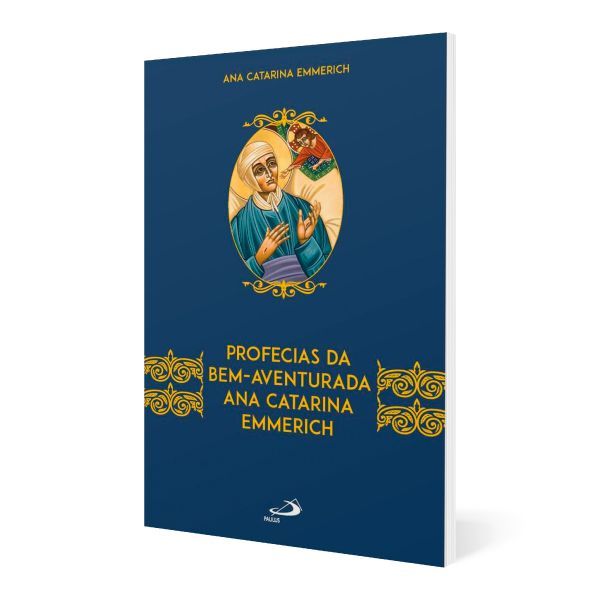



Igreja

Jubileu superou expectativas e levou mais de 33 milhões de peregrinos a Roma
Shalom

Programa Paz a Vós abre o ano com reflexões sobre recomeço e discernimento espiritual
Notícias

Acamps 2026 reúne juventude em Fortaleza com fé, lazer e shows

Livraria Shalom
-
Combo da Quaresma
R$ 32,90
✓ Em estoque -
Presente de Natal Teens
R$ 132,50
✓ Em estoque -
Presente de Natal kids
R$ 142,70
✓ Em estoque -
Natal com Teresinha
R$ 11,90
✓ Em estoque -
Camisa O Sacerdócio
R$ 59,90
✓ Em estoque -
Presente de Natal
R$ 166,50
✓ Em estoque -
Agenda 2026 - Um ano de e para a felicidade
R$ 49,90
✓ Em estoque -
Agenda 2026 - Toda Pequena Releitura
R$ 49,90
✓ Em estoque -
Agenda 2026 - Papa Leão XIV
R$ 49,90
✓ Em estoque -
Agenda 2026 - Santa Teresinha
R$ 49,90
✓ Em estoque -
Vida e Revelações de Santa Margarida Maria Alacoque
R$ 84,90
✓ Em estoque -
Esgotado
Profecias da Bem-aventurada Ana Catarina Emmerich
R$ 25,00
Mostrando 12 produtos


































